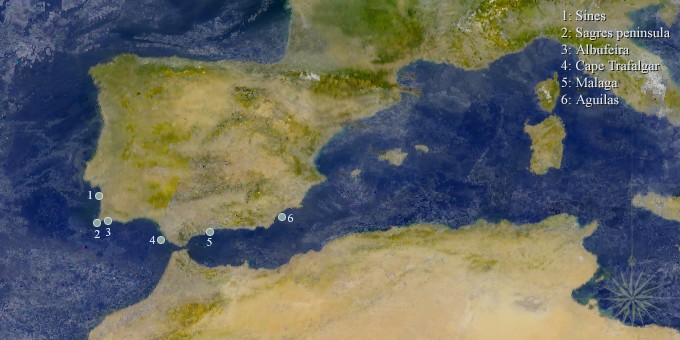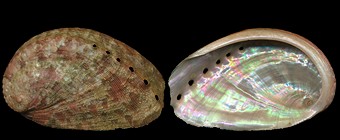 |
|
| SINES (spot 1): |
55mm, at 20-25m deep.
A slender shape, a straight margin, a smaller shell: the design has changed.
|
|
|
| | | |
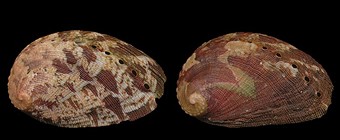 |
|
| SAGRES PENINSULA (spot 2): |
Lagos, 35mm, at 3-5m deep.
Thin and delicate, with rich colours.
These shells are some kinds of intergrades between the atlantic and mediterranean forms.
|
|
|
| | | |
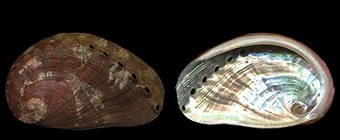 |
|
| ALBUFEIRA (spot 3): |
36mm, at 15-18m deep.
The shape is less oval, the margin is straighter.
The columella is somewhat thinner, the spire more visible on ventral side.
|
|
|
| | | |
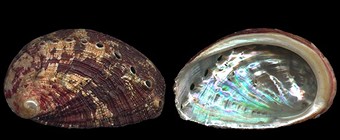 |
|
| CADIZ (spot 4): |
54mm. Cape Trafalgar. On rocks at 1-2m
deep.
A bit rougher than the previous specimens, this shell lived in an area exposed to waves. The sculpture becomes an important feature.
|
|
|
| | | |
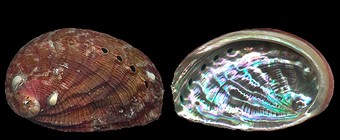 |
|
| CADIZ (spot 4): |
Cape Trafalgar. 54mm. On rocks at 1-2m deep.
Folded specimen, with strong sculpture made of spiral striae. The general design belongs to mediterranean lamellosa, with, near the apex, some traces of a red that remains atlantic.
|
|
|
| | | |
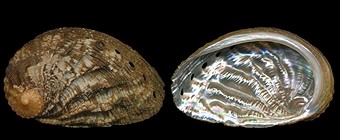 |
|
| MALAGA (spot 5): |
Mijas. 36mm. On rocks at 1-2m deep.
The strong sculpture, made of large scaly cords, is typical of mediterranean specimens. Here is our very first lamellosa.
|
|
|
| | | |
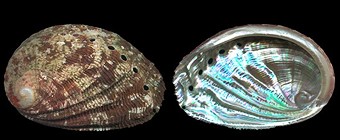 |
|
| AGUILAS (spot 6): |
49mm. Under rocks, at 1-2m deep.
Notice the spiral cords. The nacre, also, has changed : it is now more blue than silver.
|
|
|
| | | |
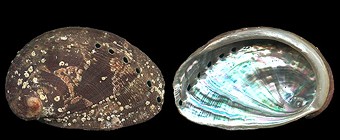 |
|
| AGUILAS (spot 6): |
52mm. We are now in Mediterranean, where the species explores all the possibilities of shape, sculpture, colour, pattern, as shown in the thumbnails that follow.
|
|
|
| | | |
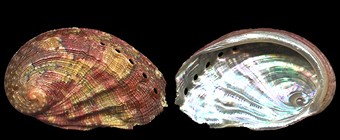 |
|
| CATALUÑA: |
Llafranc, Girona, at 15-20m deep. 27mm.
testa ovato-oblongá, lamellosâ, aurantio-rubente... This kind of shell is never encountered in Atlantic.
|
|
|
| | | |
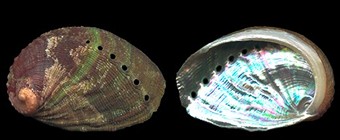 |
|
| CORSICA: |
35mm, Isola Rossa, in shallow water.
Diet changes have direct influences on the colour, which is strongly linked to the type of algae the animal can graze.
|
|
|
| | | |
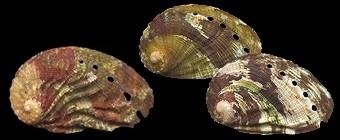 |
|
| PROVENCE: |
La Madrague des Lecques, 2-6m deep. 22-25mm.
All types of intergrades exist between smooth and folded forms; this is the reason why lamellosa Lamarck is considered as a named variant, and not a valid taxon.
|
|
|
| | | |
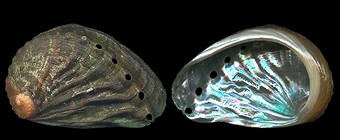 |
|
| CRETE: |
Falasarna bay, 3m deep, 41mm.
Uncommmon shape. Gibbous tuberculata's are scarce. On this one, the spire is hidden by the columella. This is an extreme example of what can become a tuberculata in Mediterranean Sea.
|
|
|
 Algarve area shelters interesting specimens with a resolutely different style. Small, poorly folded, with a light spiral cording, deep colours, a blue nacre, and a margin that becomes straighter eastward, this population shares a group of characteristics that is not encountered elsewhere. Each one of these features are commonly found in many places, but their regrouping seems to occur only here.
 Shells from western Cádiz keep some of the characteristics of northern atlantic populations, but with sizes, foldings and sculptures that are typically mediterranean. This area of transition covers the whole Andalucia up to Murcia.
 The rich variations of the mediterranean population explore the widest range of possibilities: flat and smooth specimens coexist alongside with roughly sculptured ones; colours and patterns change with the depth, the sunning of the rocks on which the animals graze, the vegetation. This area illustrates perfectly the great adaptability of Haliotis tuberculata.
 In a general way, the shells are less oval, and with a straighter margin; hence this slender shape, that makes the big difference with specimens from NW. France. |
 [next: NW. Morocco to Sénégal] [next: NW. Morocco to Sénégal] |
